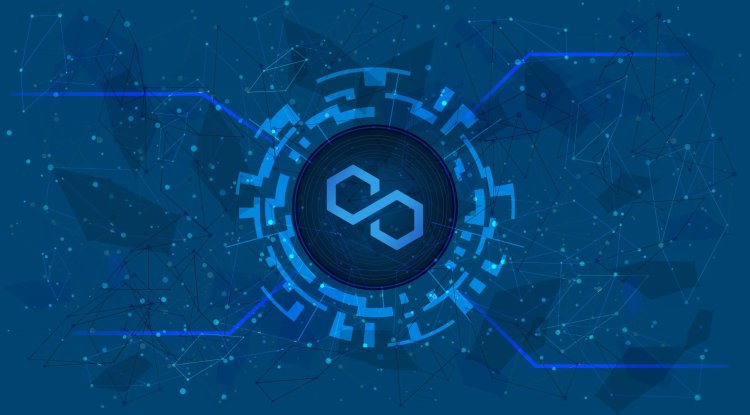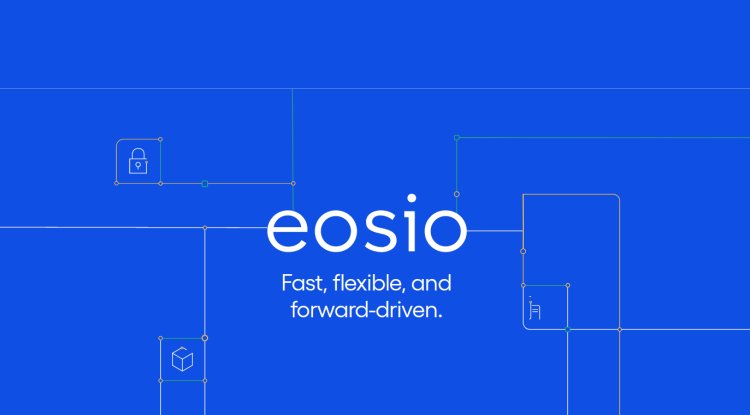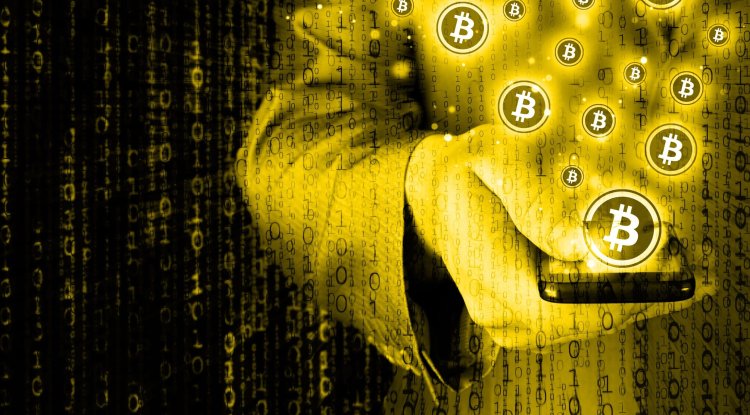The Polygon upgrade makes MATIC more valuable

The Polygon upgrade, which connects to Ethereum’s EIP-1559, makes MATIC deflationary while allowing users to estimate transaction fees.
Polygon, a scalable Layer 2 network, made a major upgrade Tuesday, incorporating Ethereum’s London hard fork. With EIP-1559 on the main network, upgrading Polygon will limit the supply of MATIC tokens and make them more valuable.
The Polygon upgrade to EIP-1559 took place on block 23,850,000 just before 11 a.m. Hong Kong time zone. The purpose of this upgrade is to replace the current mechanism for calculating gas taxes, to make it easier for users to calculate taxes, while at the same time burning the MATIC token. It was first tested on the Mumbai testnet in December, and the Polygon upgrade now offers “better taxi visibility,” the Polygon team said.
The upgrade went smoothly, according to all orders, and some suggest this could lead to an explosion in the price of the MATIC token, independent of Ethereum.
EIP-1559 replaces the first bid auction, in which the highest bidder wins, with the standard transaction fee. Users can also pay a priority price to miners, to speed up the process of their transactions.
“The main difference is that the basic tax is burned, instead of being paid to miners,” said Marcus Soritiou, an analyst and digital assets broker. “This means that over time there will be less supply in circulation, making the MATIC token deflationary.”
Polygon’s MATIC is the 14 largest cryptocurrency according to CoinMarketCap, and the founders come from India. Polygon gained superstar status when it was a gateway to Ethereum, as Ethereum struggled with a large network crowd and high fees.
MATIC has a fixed offer of 10 trillion tokens, with 6.8 trillion currently in circulation. According to Polygon forecasts, about 0.27% of the total amount of tokens will be burned annually. Quantity limitation
The MATIC token will make it deflationary, which means that over time, its value will start to grow.
While this upgrade does not reduce transaction fees, which change with supply and demand, it allows users to more accurately estimate the price of the fee and thus reduces the number of users who pay more, Sotiriou said.
As a second layer solution, for scaling Ethereum, Polygon typically has lower transaction fees than Ethereum. But it also struggled with transaction fees, as its price rose sharply, due to increased demand, earlier this month, according to Dune Analytics.
Shivam Thakral, CEO of India’s crypto exchange BuyCoin, said the upgrade would “allow for fewer spam transactions and less network congestion, as currently the base fee increases automatically when the block is filled.”
Following the upgrade trail in December, the price of the MATIC token fell by almost 30%, although it has now almost returned to that level, reflecting the higher downward trend in crypto prices. “I expect MATIC to rise to a new high price, soon, and I would not be surprised if the jump is 30% in the coming weeks,” Sotiriou said. Tony Sycamore, a senior market analyst for APAG, believes it could take nearly six months for the upgrade to affect the price of MATIC.
MATIC’s current price “suggests that higher macro powers are holding this price, including rising interest rates and reduced central bank liquidity,” Sycamore said. “Additionally, since the upgrade is well followed, I think the short-term price change will be limited.
In the long run, the upgrade will help raise MATIC token prices once the benefits of this change materialize, Sycamore said.For developers and the wider Polygon ecosystem, this upgrade is good news. For example, the upgrade will motivate developers to build on Polygon, and users will already enjoy lower fees compared to Ethereum.
“Projects built on Ethereum could be transferred to MATIC with this upgrade,” Sotiriou said.





































